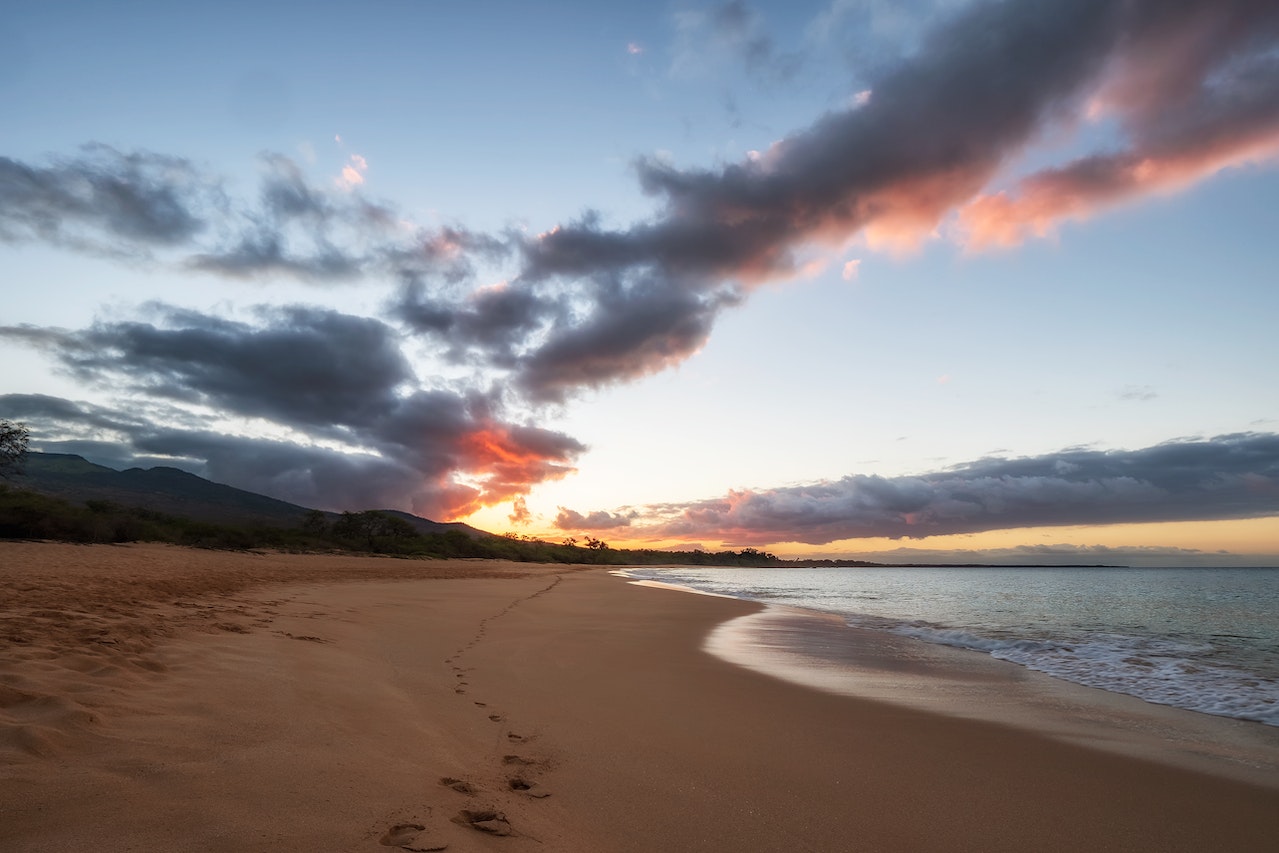Maui is a stunningly beautiful Hawaiian island that has captivated visitors for generations. Its lush green valleys, pristine beaches, and towering volcanic peaks make it a must-visit destination for anyone looking to experience the magic of Hawaii.
The Island of Maui is One to Behold!
One of the things that sets Maui apart from other Hawaiian islands is its incredible natural beauty. The island is home to some of the most stunning landscapes in the world, including the towering Haleakala volcano and the lush Iao Valley. Visitors can explore these incredible natural wonders by hiking, driving, or even taking a helicopter tour.
The Best Time to Visit Maui
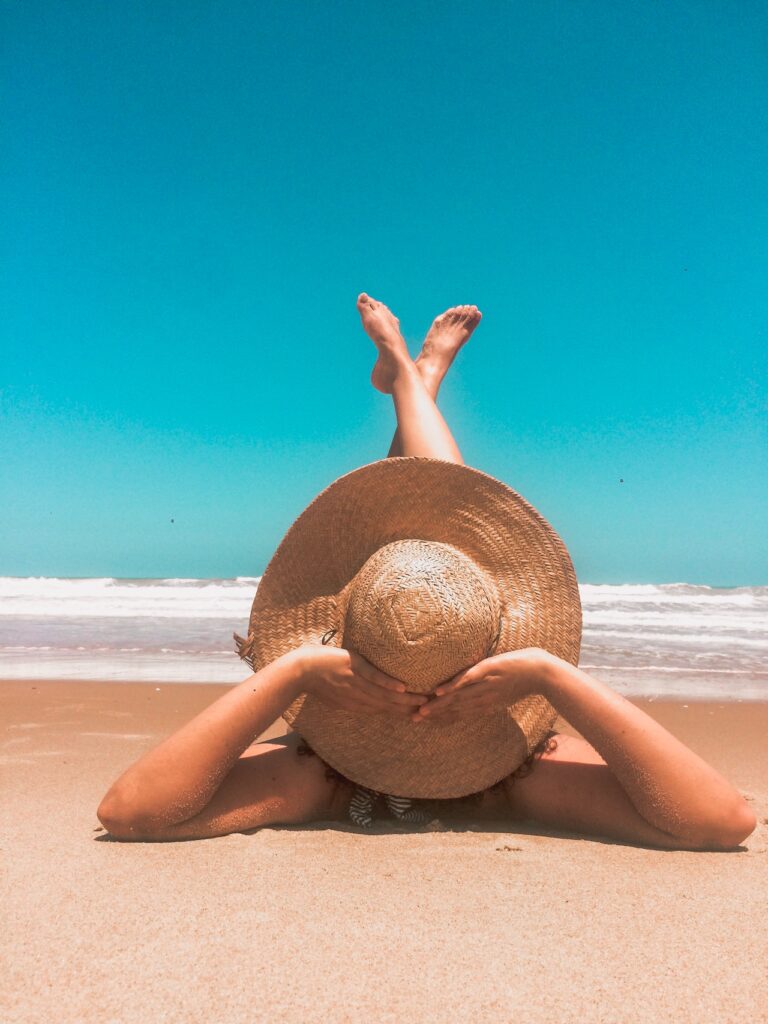
Maui is a year-round paradise, but the optimal times to visit are during April to May and September to November. The island buzzes with tourists between June and August, and again in December. For a more tranquil experience, consider the shoulder seasons. Specifically, April, September, and October offer a blend of ideal weather and fewer tourists.
December – March
Winter trips to Maui come with a premium on airfare and accommodation. While temperatures stay in the pleasant high 70s, the surrounding waters of popular beaches can be too turbulent for a swim.
April – May
The spring season in Maui offers temperatures ranging from the high 70s to low 80s. With the departure of winter tourists and the summer crowd yet to arrive, it’s an opportune time for travel deals. Additionally, various festivals during these months showcase Maui’s rich culture.
June – August
Summer in Maui is a magnet for tourists, especially families, thanks to its warm climate and calm waters. The island’s event calendar is packed during these months, featuring festivals, culinary events, film screenings, and musical performances.
September – November
For those keen on exploring the Road To Hana, autumn is the perfect season. With temperatures comfortably in the 80s and potential deals on flights and hotels, it’s an excellent time to experience Maui.
How to Get Around Maui
Maui Airports: Maui boasts three airports: the primary Kahului Airport (OGG), Kapalua Airport (JHM) in West Maui, and Hana Airport (HNM) in East Maui. Most domestic airlines have nonstop flights to Kahului Airport (OGG).
Maui Taxis: Taxis are readily available in Maui, especially near airports and tourist spots. They offer airport transfers, island transportation, and guided tours. Companies like Royal Taxi serve all key locations. The standard taxi rate starts at $3.50, with an additional $.30 per 1/10 mile and $.30 per minute for waiting.
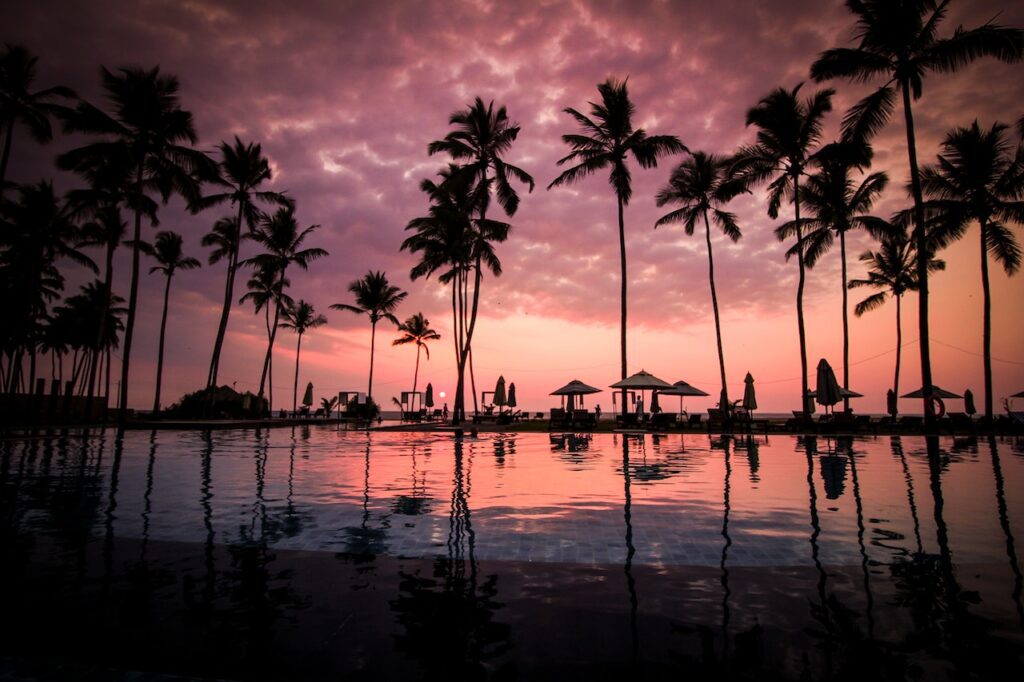
Rental Cars on Maui
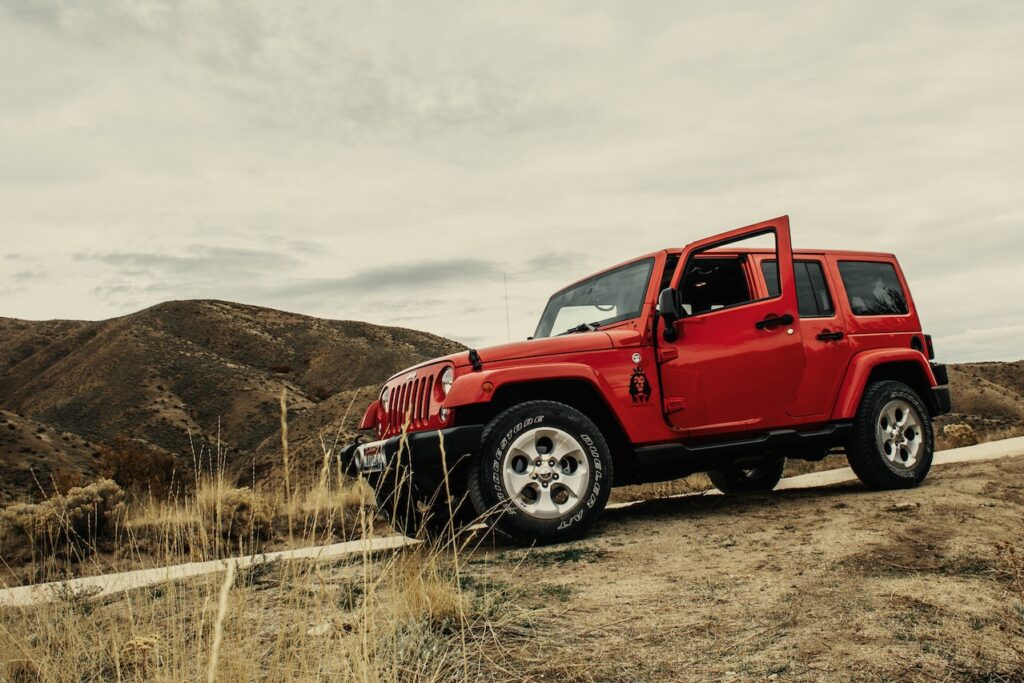
Given Maui’s expansive landscape as Hawaii’s second-largest island, securing a car rental is a wise decision for travelers eager to delve deep into its beauty. For those keen on experiencing the island’s diverse attractions, a rental car not only offers convenience but also proves to be cost-effective in the long run. On average, visitors can expect to spend about $60 per day on car rentals. However, during the island’s peak tourist seasons, this rate can surge to approximately $185 daily.
Fortunately, renowned car rental companies such as Alamo, Hertz, Budget, and Enterprise have a presence on the island, ensuring a range of options for visitors to choose from.
Beaches and Ocean Wonders
Maui, often hailed as the jewel of the Hawaiian islands, is renowned for its breathtaking beaches. A top activity for visitors is undoubtedly exploring these coastal wonders. The island boasts a myriad of beach experiences, ensuring that every traveler finds their slice of paradise.
The golden sands of Kaanapali Beach beckon sun-worshippers and families alike, offering pristine waters and ample amenities. For those seeking a more rugged and untouched beauty, the shores of Hana provide a dramatic backdrop with its rocky coastline and raw natural allure.
But Maui’s beaches are not just for relaxation. Adventure seekers can dive into a world of water activities. The clear waters are perfect for snorkeling, revealing a vibrant marine life just below the surface. Surf enthusiasts, from beginners to pros, will find waves that challenge and excite.
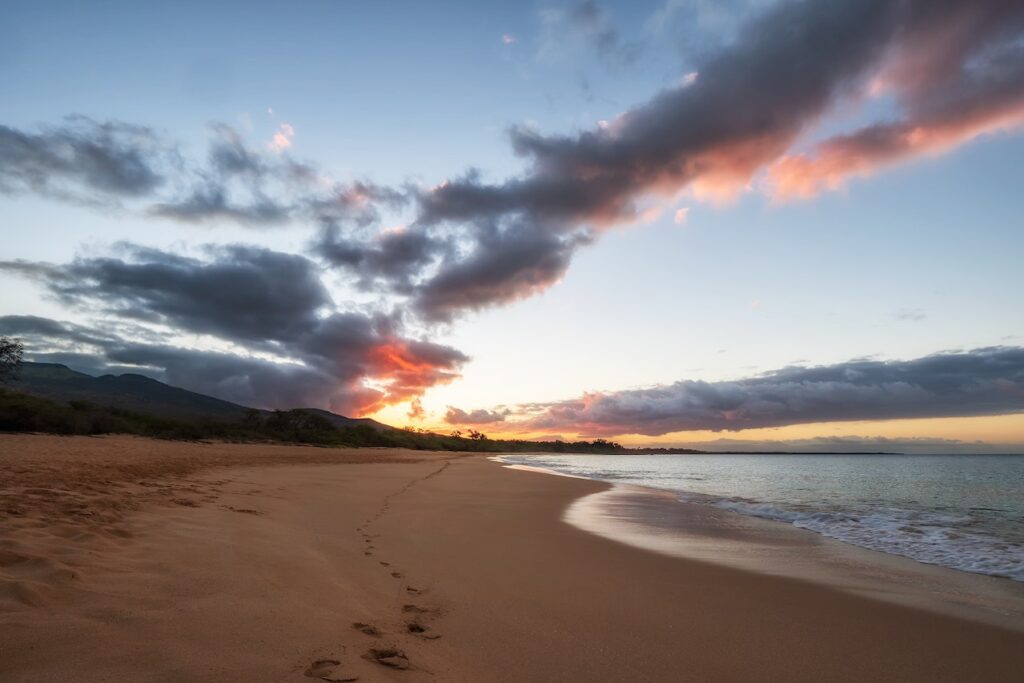
Historical and Cultural Treasures
But Maui is more than just a beautiful island with great food and beaches. It is also a place with a rich cultural heritage that is reflected in its many festivals, traditions, and celebrations. The island’s unique blend of Hawaiian, Polynesian, and Asian influences can be seen in everything from its music and dance to its art and architecture. One of the most iconic cultural experiences on Maui is attending a traditional Hawaiian luau. These lively celebrations feature hula dancers, live music, and a feast of traditional Hawaiian cuisine, and offer visitors a glimpse into the rich cultural history of the island.
Culinary Delights and Gastronomic Adventures
Maui is also home to a vibrant and thriving food scene. The island’s many farm-to-table restaurants showcase the best of local Hawaiian cuisine, with fresh seafood, tropical fruits, and locally grown produce taking center stage. Visitors can also explore Maui’s many food trucks and markets, which offer a taste of the island’s diverse culinary traditions.
Maui is a truly unique and special island in Hawaii, with its diverse landscapes, rich history, and vibrant culture. The island’s geology, ecology, and history are all fascinating, and there is much to explore for those who want to experience something truly different. From hiking and eco-touring to swimming and snorkeling, there is something for everyone on Maui. If you’re looking for an island that offers a little bit of everything, Maui is definitely worth a visit.
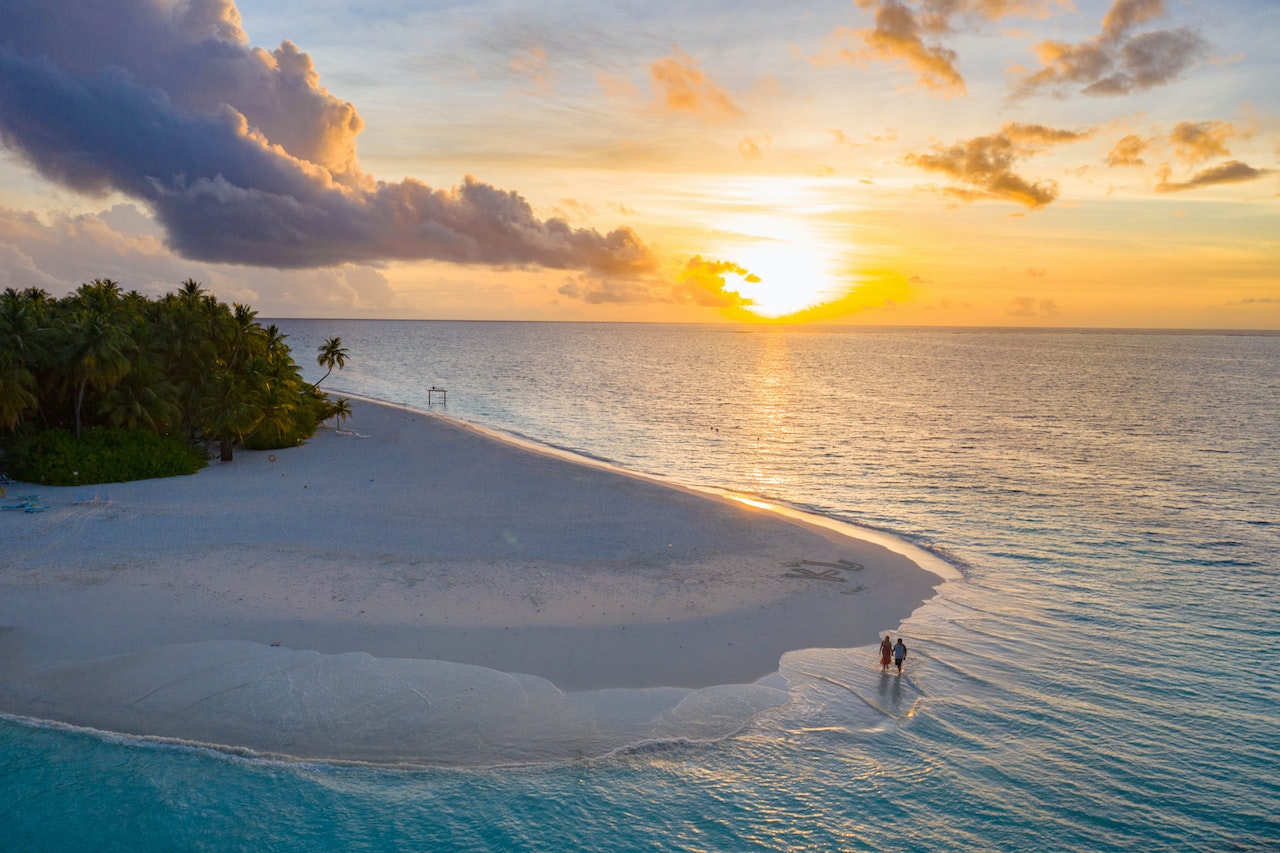
8 Great Things to Do on Maui
1. Haleakalā National Park: Sunrise Above the Clouds
Standing atop the summit of Haleakalā during sunrise is akin to entering a realm of ethereal beauty. At over 10,000 feet above sea level, this vantage point offers an unparalleled perspective of the world awakening. As the first rays of dawn pierce the vast expanse, the horizon becomes a canvas, with the sun meticulously painting it in vibrant shades of orange, pink, and deep purples.
The sheer altitude amplifies the experience, with the thin air and profound silence making the moment feel almost otherworldly. The gradually brightening sky contrasts starkly with the crater’s rugged landscape, creating a visual symphony that leaves spectators in awe.
For many, this isn’t just a sunrise; it’s a moment of reflection, a communion with nature in its purest form. The transformative power of witnessing daybreak from Haleakalā’s summit is a cherished memory, a reminder of the planet’s majestic beauty and the wonders that await those willing to seek them out.
2. Road to Hana: A Scenic Journey
The Road to Hana is not just a drive; it’s an experience, a journey that encapsulates the very essence of Maui. This serpentine route weaves its way through verdant rainforests, where every turn reveals a canopy of green, punctuated by the misty allure of cascading waterfalls. The drive, with its countless bends and turns, offers panoramic views of the island’s rugged coastlines, where the azure waters of the Pacific crash against jagged cliffs.
As you traverse this iconic route, be sure to pause at the black sand beaches – a unique spectacle formed by volcanic activity, where the sands shimmer with a metallic sheen under the sun. Further along, the Seven Sacred Pools await, a series of cascading natural pools that invite visitors to take a refreshing dip or simply marvel at their serene beauty.
But the Road to Hana is more than its landmarks; it’s an invitation to immerse oneself in Maui’s untouched beauty. With every mile, you’re encouraged to slow down, breathe in the fresh tropical air, and truly connect with the island’s natural wonders. It’s a journey that resonates with the soul, making it a must-do for anyone visiting Maui.
3. Molokini Crater: Snorkeling Adventure
Molokini Crater, with its unique crescent shape, is more than just a geological marvel; it’s a vibrant oasis beneath the waves. Born from volcanic activity, this partially submerged sanctuary is a haven for a kaleidoscope of marine species. The waters surrounding the crater are renowned for their crystal-clear quality, often offering snorkelers visibility that stretches beyond an astounding 150 feet.
Diving into these pristine waters, one is immediately enveloped in a world of color and life. Schools of fish dance around the coral formations, their brilliant hues shimmering against the sunlit backdrop. The crater’s protected status ensures that its ecosystem thrives, making it a hotspot for divers and marine enthusiasts.
Molokini Crater stands as a testament to nature’s ability to create unparalleled beauty both above and below the water’s surface. For those fortunate enough to explore its depths, the experience is akin to entering a living aquarium, where every glance reveals the wonders of the aquatic world.
4. Iao Valley State Park: Walk Through History
Nestled amidst Maui’s emerald terrains lies the Iao Valley State Park, a sanctuary of natural beauty and profound historical resonance. Dominating the park’s skyline is the majestic Iao Needle, a towering rock formation that stands as a sentinel, watching over the valley’s rich past.
As visitors tread the park’s tranquil walking trails, they are enveloped in a verdant expanse that whispers tales of ancient Hawaii. Every step taken is a journey through time, where the lush foliage and babbling streams pay homage to the land’s cultural heritage. The valley itself has borne witness to pivotal moments in Hawaiian history, adding layers of significance to its already breathtaking vistas.
Beyond its natural allure, Iao Valley State Park serves as a bridge between the present and the bygone eras, offering a harmonious blend of Maui’s stunning landscapes and the deep-rooted traditions that have shaped the island’s identity. For those who venture its paths, the park promises a holistic experience, where nature and history converge in a timeless dance.
5. Waianapanapa State Park: Black Sand and Sea Caves
Situated on the iconic Road to Hana, Waianapanapa State Park emerges as a jewel of nature’s artistry. The park’s crown jewel is its mesmerizing black sand beach, a rare spectacle formed by volcanic forces. This ebony shoreline, set against the backdrop of the azure Pacific, offers a visual feast, where contrasts collide to create a scene of ethereal beauty.
But the allure of Waianapanapa doesn’t end at its shores. Delve deeper, and you’ll discover a labyrinth of freshwater caves, echoing tales of ancient legends and providing a cool respite from the tropical sun. Dotting the coastline, majestic sea arches rise, sculpted by time and tide, standing as gateways to the vast ocean beyond.
Waianapanapa State Park is more than just a destination; it’s a sensory experience. Every element, from the inky sands to the cerulean waters, weaves a tapestry that captivates the soul and imprints memories of Maui’s unparalleled natural splendor.
6. Maui Ocean Center: Marine Life Up Close
Nestled in Ma’alaea, the Maui Ocean Center stands as a beacon for marine exploration and education. This aquatic haven provides a window into the vibrant and diverse world of Hawaii’s underwater realms. At its heart lies the awe-inspiring 750,000-gallon Open Ocean exhibit, where visitors are enveloped in a 240-degree panoramic acrylic tunnel. As one ventures through this transparent corridor, they are transported to a world where sharks glide gracefully, rays flutter like ethereal birds, and a myriad of tropical fish dart and dance in a mesmerizing ballet.
The center is more than just an aquarium; it’s an immersive journey that brings one face-to-face with the wonders of the deep. Every tank, every exhibit, is meticulously curated to showcase the rich tapestry of marine life that calls the Hawaiian waters home. For those seeking to truly understand and appreciate the ocean’s magic, the Maui Ocean Center offers an unparalleled experience, bridging the gap between mankind and the mysteries of the deep.
7. Upcountry Maui: Farms, Food, and Lavender
Ascending the slopes of Haleakalā, one enters the enchanting realm of Upcountry Maui. This verdant expanse is a patchwork of farms and ranches, each telling a tale of the land’s bountiful offerings. Among these gems is the renowned Ali’i Kula Lavender Farm, a haven of purple blooms that casts a fragrant spell on all who visit.
Journeying through Upcountry, visitors are invited to indulge in a sensory feast. From the crisp bite of freshly harvested produce to the gentle touch of lavender petals, every experience is a celebration of nature’s generosity. The gentle hum of bees, the rustling of leaves, and the distant calls of ranch animals form a harmonious backdrop to this pastoral paradise.
More than just a destination, Upcountry Maui is an invitation to slow down and savor. To wander through fields kissed by the sun, to sample the fruits of the earth, and to let the soothing scent of lavender envelop the soul. It’s a journey of discovery, where every path leads to a deeper connection with Maui’s rich agricultural heritage.
8. Makena Beach State Park: Sun and Surf
Makena Beach, fondly referred to as Big Beach, is a tapestry of nature’s finest elements. Stretching out with its expansive golden sands, it embraces the shimmering azure waters of the Pacific, creating an idyllic setting for sun worshippers, swimmers, and body surfers alike.
But what truly sets Makena Beach apart is its striking backdrop. Towering black lava cliffs rise from the earth, standing in stark contrast to the beach’s sunlit expanse. These ancient formations, shaped by volcanic fury, lend a dramatic aura to the coastline, making every visit feel like a step into a world where nature’s raw power meets serene beauty.
For those seeking a blend of relaxation and awe-inspiring landscapes, Makena Beach promises an experience that resonates with the heart, reminding visitors of the timeless allure of Maui’s shores.

